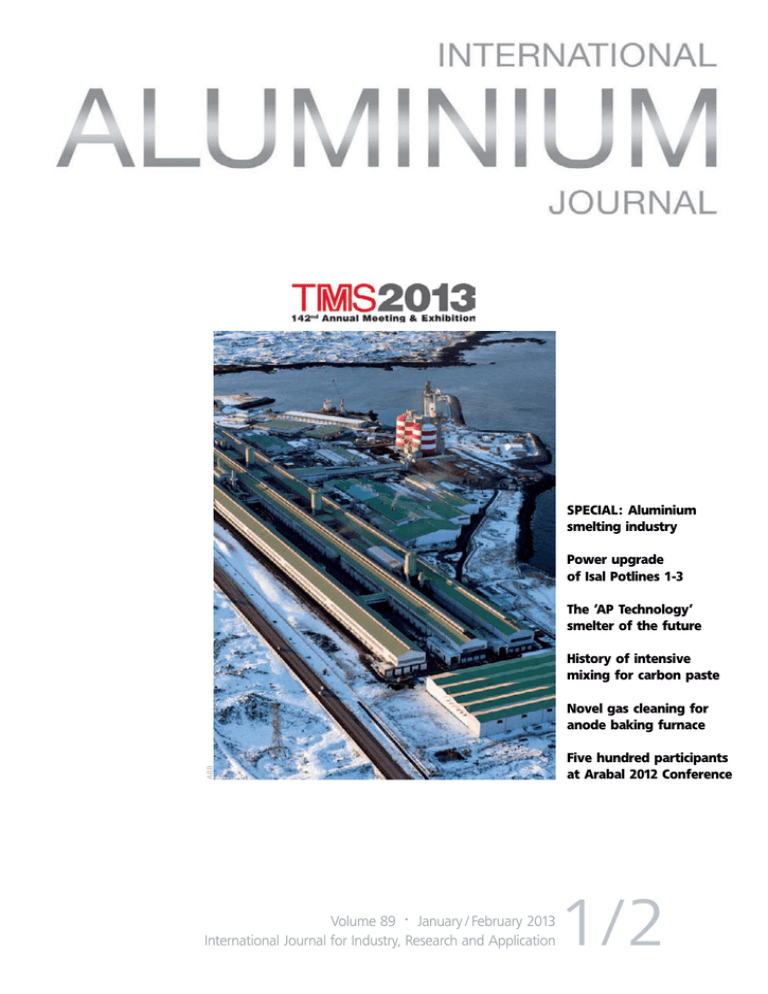
īoth the design and the history of the 2CV mirror the Volkswagen Beetle in significant ways. Setright described the 2CV as "the most intelligent application of minimalism ever to succeed as a car", and a car of "remorseless rationality". In 2011, The Globe and Mail called it a "car like no other". Ī 1953 technical review in Autocar described "the extraordinary ingenuity of this design, which is undoubtedly the most original since the Model T Ford". In total, Citroën manufactured over 9 million of the 2CVs and its derivative models. Notably these include the 2CV-based delivery vans known as fourgonnettes, the Ami, the Dyane, the Acadiane, and the Mehari. The 2CV and its variants are collectively known as the A-Series. The 2CV platform spawned many variants, as detailed in the " Production numbers" section. īetween 19, more than 3.8 million 2CVs were produced, making it the world's first front-wheel drive car to become a million seller, after Citroën's own, more upscale Traction Avant was the first front-wheel drive car to sell in six-figure numbers. Michelin introduced and first commercialised the revolutionary new radial tyre design with the introduction of the 2CV. Often called "an umbrella on wheels", theįixed-profile convertible bodywork featured a full-width, canvas, roll-back sunroof, which accommodated oversized loads, and until 1955 even stretched to cover the car's trunk, reaching almost down to the car's rear bumper.

In addition, it had literally been designed to cross a freshly ploughed field, because of the great lack of paved roads in France then with a long-travel suspension system, that connects front and rear wheels, giving a very soft ride.

The 2CV featured overall low cost of ownership, simplicity of maintenance, an easily serviced air-cooled engine (originally offering 9 hp), and minimal fuel consumption. Ĭonceived by Citroën Vice-President Pierre Boulanger to help motorise the large number of farmers still using horses and carts in 1930s France, the 2CV has a combination of innovative engineering and straightforward, utilitarian bodywork - at first with extra thin panels, reinforced by corrugating the metal. "two steam horse(power)s", meaning "two taxable horsepower") is an air-cooled front-engine, front-wheel-drive, economy family car, introduced at the 1948 Paris Mondial de l'Automobile, and manufactured by Citroën for model years 1948–1990. The Citroën 2CV (French: deux chevaux(-vapeur), pronounced, lit. Montevideo, Uruguay (Panel van & pick-up)įront engine, front-wheel drive / four-wheel drive


 0 kommentar(er)
0 kommentar(er)
